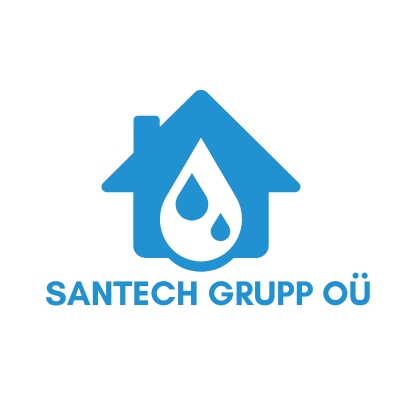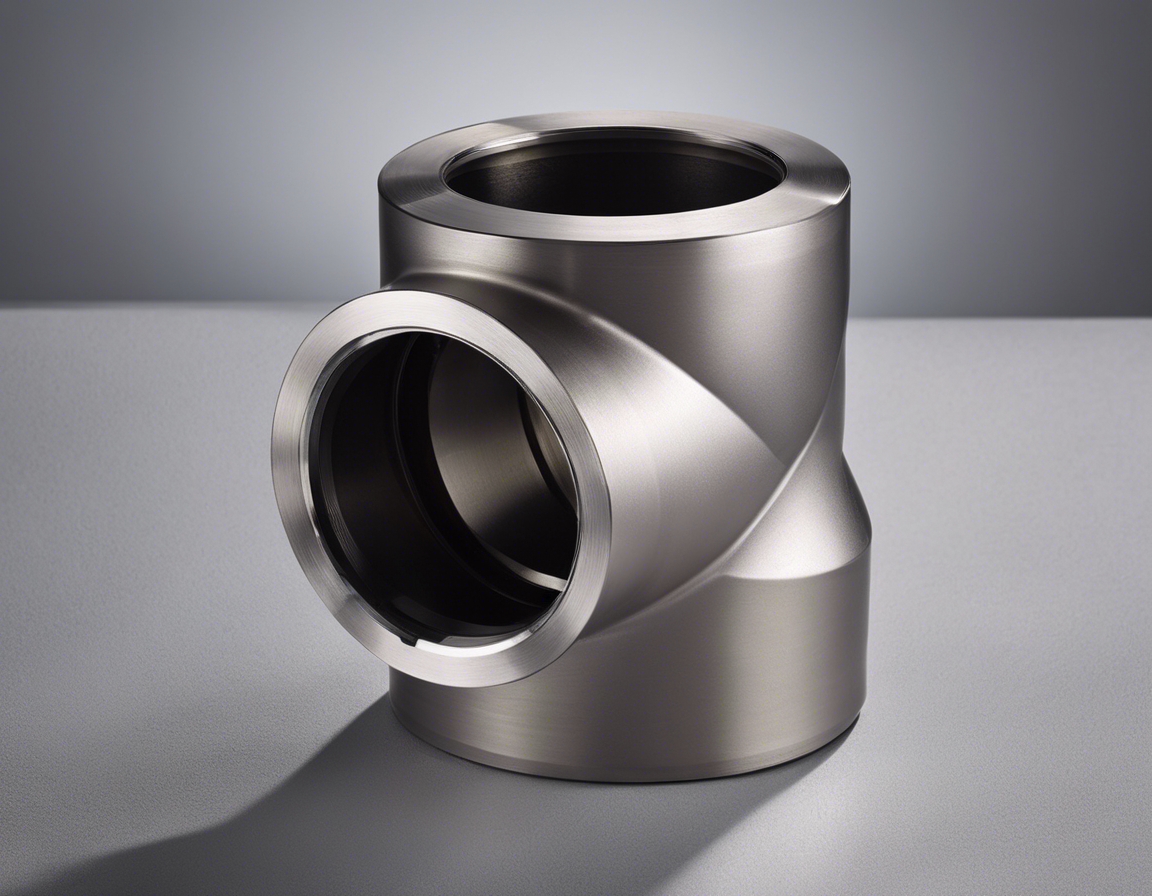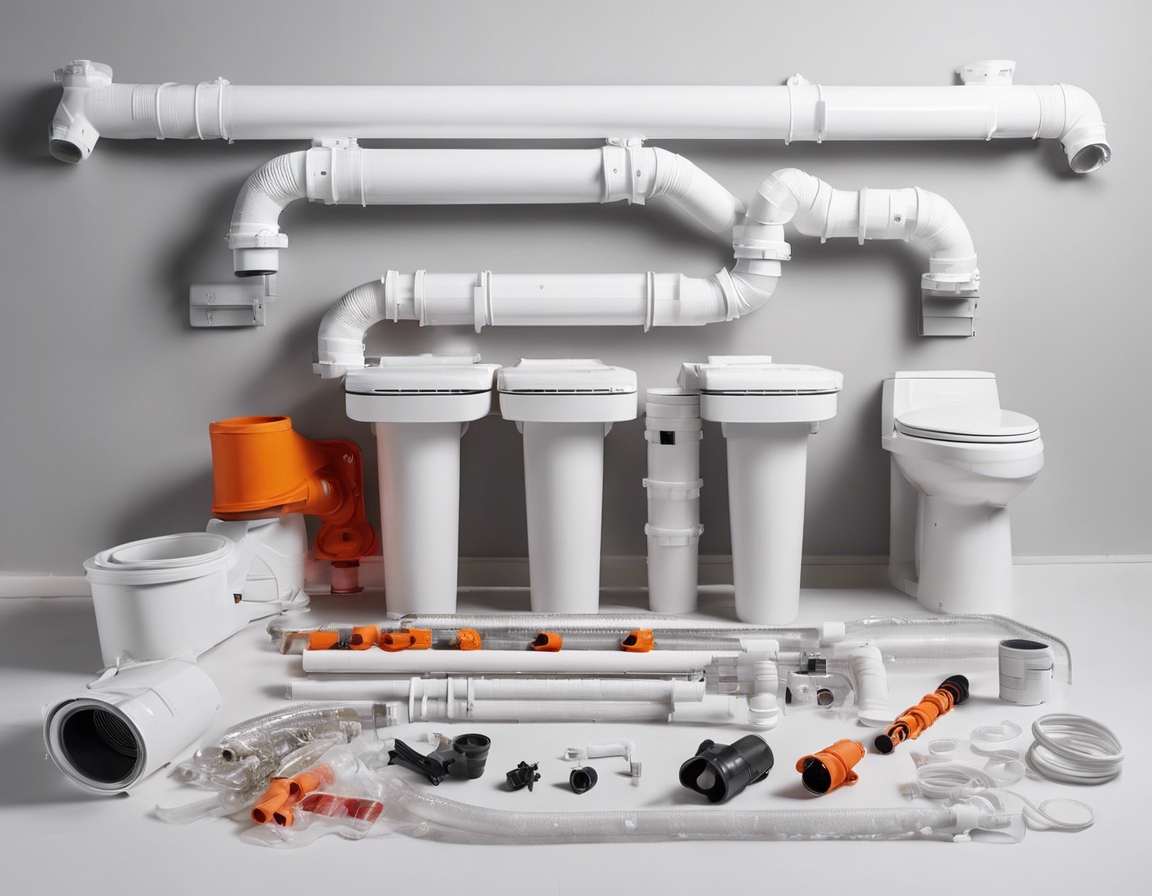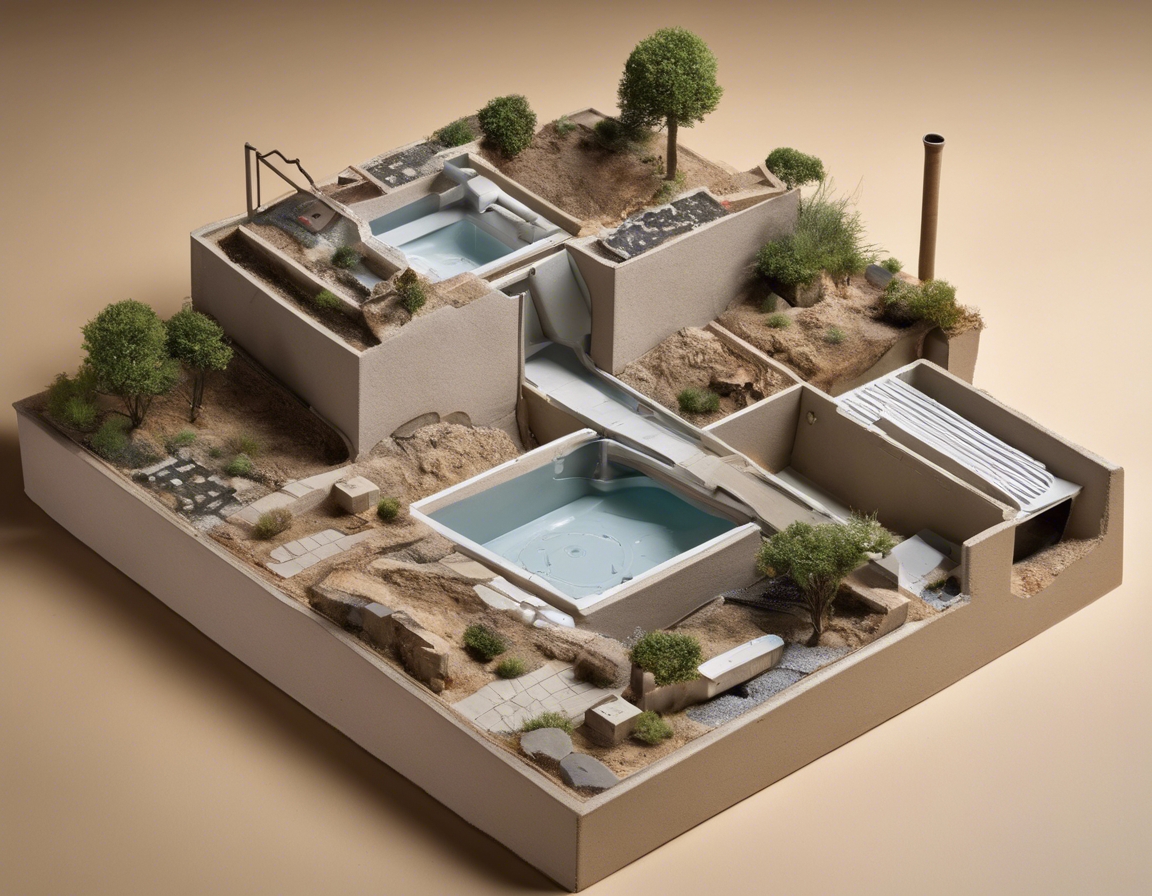Eco-friendly plumbing: what you need to know
Eco-friendly plumbing encompasses a range of practices and products designed to reduce water usage, minimize energy consumption, and promote the sustainable use of resources. It involves the installation of water-efficient fixtures, the use of environmentally friendly materials, and the implementation of systems that recycle and conserve water.
With the growing concerns over water scarcity and environmental degradation, sustainable water management has become a critical issue. Eco-friendly plumbing plays a vital role in conserving water, reducing the strain on municipal water supplies, and protecting natural ecosystems.
Key Components of Eco-Friendly Plumbing Systems
Low-flow fixtures such as faucets, showerheads, and appliances like dishwashers and washing machines are designed to use less water without compromising performance. They are essential for reducing overall water consumption in homes and businesses.
Modern water-efficient toilets use significantly less water per flush compared to older models. Dual-flush toilets offer even greater savings by providing two flush options for liquid or solid waste.
Greywater systems capture water from sinks, showers, and laundry to reuse for irrigation or toilet flushing, significantly reducing the demand for fresh water.
Collecting and storing rainwater for non-potable uses such as irrigation and toilet flushing can greatly reduce the reliance on municipal water supplies.
Tankless or on-demand water heaters provide hot water only as needed, reducing energy consumption and offering a more sustainable alternative to traditional water heaters with storage tanks.
Benefits of Eco-Friendly Plumbing
By conserving water and energy, eco-friendly plumbing systems help to reduce greenhouse gas emissions and the depletion of natural resources.
Investing in eco-friendly plumbing can lead to significant cost savings on water and energy bills over time.
Using non-toxic materials and reducing the presence of mold and mildew through better water management can improve indoor air quality and overall health.
Eco-friendly plumbing upgrades can increase the value of a property by making it more attractive to environmentally conscious buyers.
Implementing Eco-Friendly Plumbing in Your Home or Business
Before implementing eco-friendly plumbing, it is important to assess the current water usage and infrastructure to plan for the most effective upgrades.
Selecting high-quality, certified eco-friendly plumbing products is crucial for long-term sustainability and performance.
Working with experienced professionals like SANTECH GRUPP OÜ ensures proper installation and maintenance of eco-friendly plumbing systems, maximizing their efficiency and lifespan.
In addition to installing eco-friendly systems, adopting water-saving practices such as fixing leaks and using water responsibly can further enhance sustainability.
Regulations and Incentives
It's important to be aware of local building codes and standards that may affect the installation of eco-friendly plumbing systems.
Many governments offer incentives and rebates for the installation of eco-friendly plumbing fixtures and systems, which can help offset initial costs.






Comments (0)